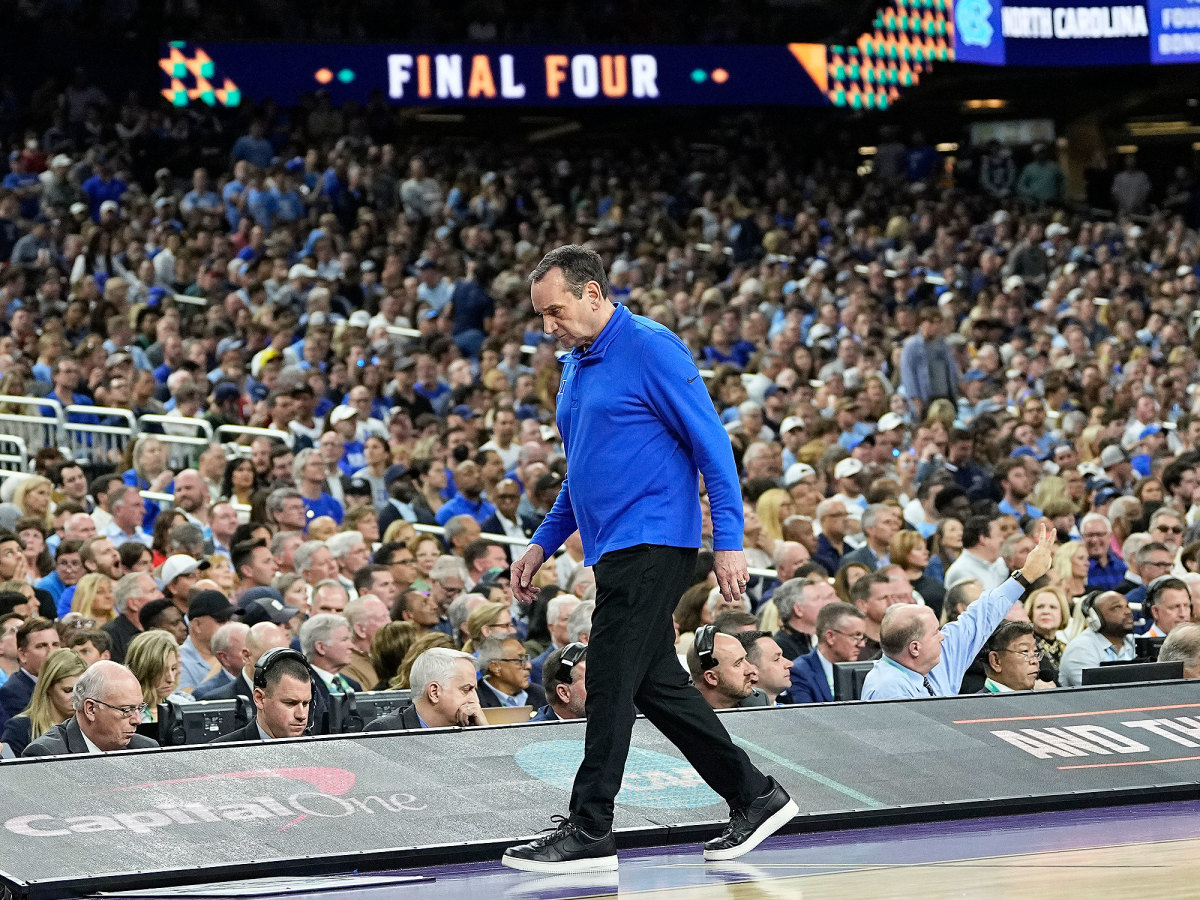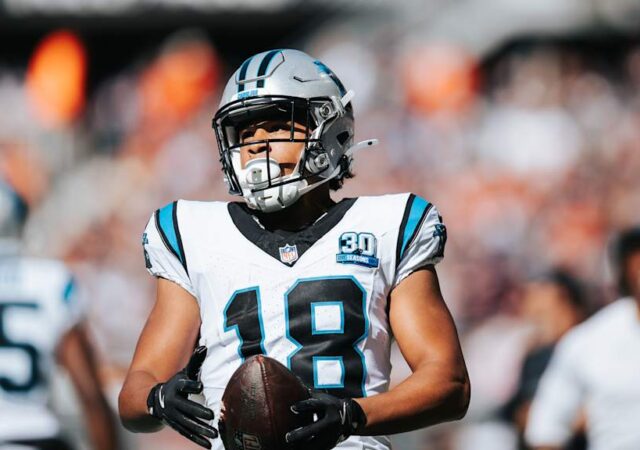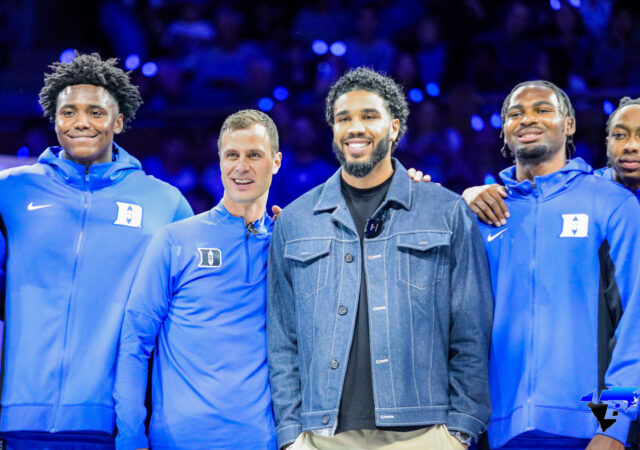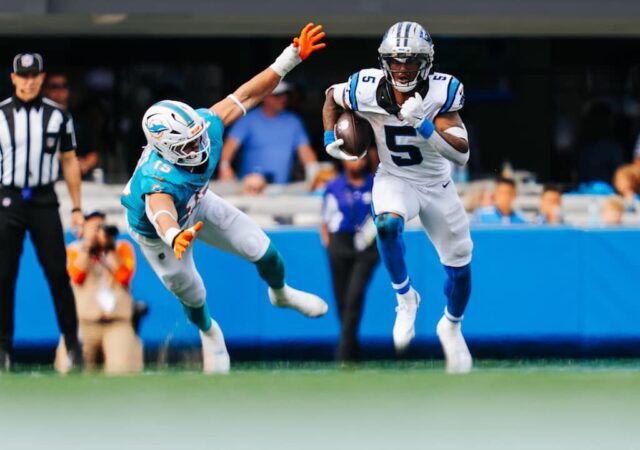The NCAA’s transfer portal rule, which allows college athletes to enroll at other universities and be made immediately eligible to play, has had a profound effect on college basketball.
Players now have more control than ever over their careers and there are many reason why one would choose to leave one program for another. Life happens, of course. Some athletes are the primary breadwinner for their families and a player who has the ability to cash in on a $25-60 million guaranteed rookie contract (not including endorsements) has every right to make the financial decision to take care of their families and loved ones, but the current model isn’t all good.
The Pros
Coaches have been able to up and leave programs for another jobs after recruiting kids out of high school for years. These coaches never had to sit out a year. Being forced stay at a program and play for a coach who didn’t recruit you could delay your growth as a player. Athletes often select schools based on the coach and their vision for his or her game – allowing them to maximize their potential to the fullest extent. For example, last week two-time National Champion Jay Wright announced his retirement from Villanova. Wright recruited 5-star power forward Cam Whitmore. With Jay now gone, Cam has a big decision to make for his future. If he decides he wants to play elsewhere he has that option and doesn’t have to sit out a season.
The portal also allows players to put themselves in the best situation long term. The player may not be getting the minutes promised – potentially wasting a year sitting the bench, because they don’t fit into a system that was sold to them during recruiting. Players may also have on or off-court chemistry issues with teammates – all things that could affect an athlete’s career path.
Currently, there are over 1,000 players in the transfer portal according to ESPN columnist DIck Vitale.
The Cons
What is being taught to a player who decides not to grind for the end result? Putting in work often requires dedication and longevity. When things don’t go your way there is a mentality instilled in quitting, giving up and taking the easy way out. There have been players who have transferred to three teams in three years, which is a travesty. The NCAA continues to allow this to happen, which could have something to do with the Blue Blood coaches like Roy Williams, Mike Krzyzewski and Jay Wright all hanging it up within a year’s span.
We understand coaching the game at 70-plus and traveling around the country on an annual basis can eventually catch up with you, but Roy Williams and Jay Wright left the game suddenly. Yes, college basketball has improved for athletes financially, but where is the line drawn?
Blame the NCAA
Players deserve every penny they can get in this billion dollar industry. With NIL athletes can potentially make more by staying in college than they would on a rookie deal in the NBA or playing overseas. According to a new NIL law implemented in Mississippi, schools within the state can now be involved in conversations with athletes and third parties. In addition, athletes can now enter into contracts by agreeing verbally out of high school before ever stepping foot on campus. Theoretically, a recruit could commit somewhere verbally, make money on a NIL deal, de-commit from the school, open recruitment for other schools and accept new deals making more money. The NCAA brought this on itself, stealing money from these athletes for years. An industry that profits over a billion dollars, just during March Madness alone, has no one to blame but themselves.




